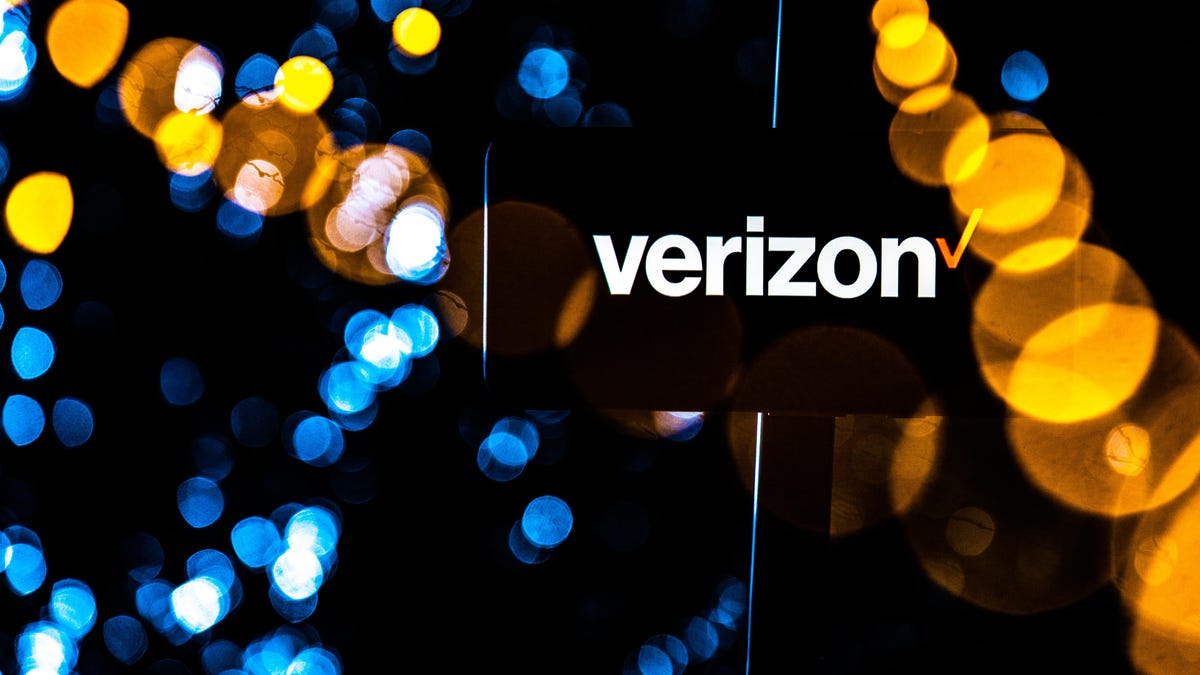An iPhone 12 launch in October is a big 5G win for Verizon
The lack of an iPhone launch next week buys the nation's largest carrier more time to roll out its 5G network.

Apple not announcing a new 5G iPhone next week is a big win for Verizon.
Apple's announcement of an event next week led many to speculate that the long-rumored new 5G iPhones were imminent. The company usually uses September to announce its latest phones , even with the expectation that this year's crop would be delayed until October.
As it turns out, next week's event will be focused on the Apple Watch and iPad Air . Those wanting to learn more about the iPhone will likely need to wait until next month. For Verizon , the delay gives the nation's largest wireless carrier some much needed time as it builds out its 5G network for Apple's next marquee phone.
It's a fortuitous outcome for Verizon, which is locked in a race with rivals AT&T and T-Mobile to cover more cities and neighborhoods with 5G. Much like with 4G, having those bragging rights is critical in an industry where network superiority is a huge factor for consumers. Had Apple launched its iPhone next week, Verizon would've likely not been ready with its network, opening it up to criticism from bombastic rival T-Mobile.
Although it was first out of the gate with a consumer 5G offering in the US last spring, Verizon has since lagged behind rivals T-Mobile and AT&T when it comes to deploying a widespread 5G network. The knock on its network is that it's fast -- but only if you can connect to it. At times, finding service is like looking for buried treasure.
The carrier has 5G available in parts of 36 cities (plus some NFL stadiums) through its high-frequency millimeter-wave spectrum, with plans to turn on the ultra-fast connection (which it calls Ultra Wideband) in parts of 60 cities this year. But even in those areas, the coverage area can be as small as a couple of street corners or select sections in stadiums, which are emptied out because of the coronavirus pandemic. The signals also don't reach indoors and can be impeded by leaves, glass or even a hand between your phone and the transmitter.
T-Mobile and AT&T, meanwhile, have been greatly expanding their respective 5G footprints over the last nine months and are each using different flavors of the next-generation wireless technology that can provide coverage and performance improvements to hundreds of millions of people.
Read more: When it comes to 5G, the iPhone's experience will be out of Apple's hands
AT&T's low-band 5G network covers more than 205 million people, albeit at speeds that are often similar to a good 4G LTE connection. Its faster millimeter-wave network (what it calls 5G Plus, and is similar to Verizon's 5G deployment) is available in parts of 35 cities.
T-Mobile has been the most aggressive in 5G deployment, with a low-band network that covers more than 250 million people. Although its millimeter-wave network is still limited to just parts of six cities, thanks to the closure of its Sprint merger in April the carrier has a trove of lucrative midband spectrum that allows for faster 5G speeds than low-band but with significantly better range than millimeter-wave.
Earlier this month T-Mobile expanded its midband footprint to 81 new cities and towns, offering what it says will be a 5G service that's capable of average download speeds of 300 Mbps with peaks of 1Gbps. For comparison, the average US internet speed is generally between 85 Mbps and 95 Mbps.
Verizon has said that plans to launch a nationwide low-band 5G network in the "second half of 2020," even detailing last month that all plans -- including older ones -- will be able to use the low-band network so long as they have a compatible 5G phone. However, as the calendar slowly inches towards 2021, Verizon still has yet to detail when or where this new network will be active.
A spokesman for the carrier reiterated the timeline when asked for an update on Tuesday, but did not provide any additional new details.
Rumors suggest Apple may be preparing 75 million 5G iPhones for 2020, and executives at all three of the US carriers have high hopes for 5G driving sales. But to help push new devices, plans and services you need a widespread 5G network.
With the iPhone now seemingly locked into October, Verizon gets a little more time. But its clock is also now ticking a bit louder.

